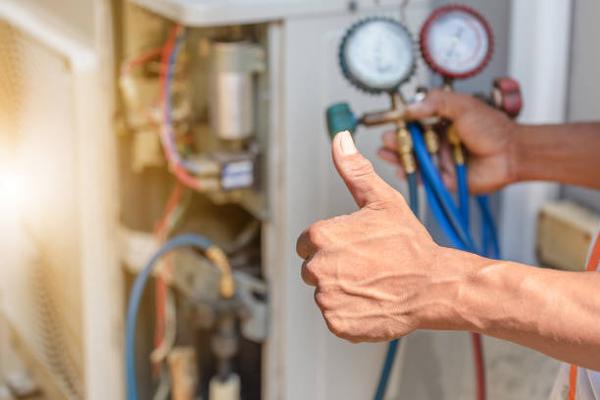Water heaters are an essential appliance in any home, providing hot water for bathing, cooking, and cleaning. When it comes to installing a new water heater or replacing an old one, it’s important to follow best practices to ensure that the installation is done correctly and safely.
One of the most important factors to consider when installing a water heater is choosing the right size for your home. A water heater that is too small will not be able to provide enough hot water for your household’s needs, while a water heater that is too large will waste energy and cost more to operate. To determine the right size for your home, consider factors such as the number of people in your household, how much hot water you use on a daily basis, and whether you have any high-demand appliances like dishwashers or washing machines.
Another key consideration when installing a water heater is where it should be located. Water heaters should be installed in well-ventilated areas with easy access for maintenance and repairs. They should also be placed on level ground and away from flammable materials to reduce the risk of fire hazards.
Before beginning the installation process, make sure to turn off RightNOW Plumbing the power supply and shut off the water supply to the existing water heater. Drain the tank completely before disconnecting any pipes or fittings. If you are unsure about how to properly disconnect or reconnect any components, consult with a professional plumber for assistance.
When connecting the new water heater, make sure all fittings are secure and leak-proof. Use Teflon tape or pipe joint compound on threaded connections to prevent leaks. It’s also important to insulate any exposed pipes near the new water heater to prevent heat loss and reduce energy costs.
After connecting all necessary components, fill the tank with cold water before turning on the power supply. Check for leaks around connections and fittings before fully restoring power. Once everything is properly connected and tested for leaks, adjust the temperature setting on your new water heater according to manufacturer recommendations.
Regular maintenance of your new water heater is essential for ensuring its longevity and efficiency. Flushing out sediment buildup annually can help improve performance and extend its lifespan. Inspecting components like heating elements or pressure relief valves periodically can also help identify potential issues before they become major problems.
By following these best practices for installing a new water heater in your home, you can ensure that it operates safely and efficiently for years to come. If you are unsure about any step of the installation process or encounter any problems along the way, don’t hesitate to seek help from a professional plumber who can assist you with proper installation techniques.
RightNOW Plumbing
11047 Pierson Dr G, Fredericksburg, Virginia, 22408
540-573-2153




